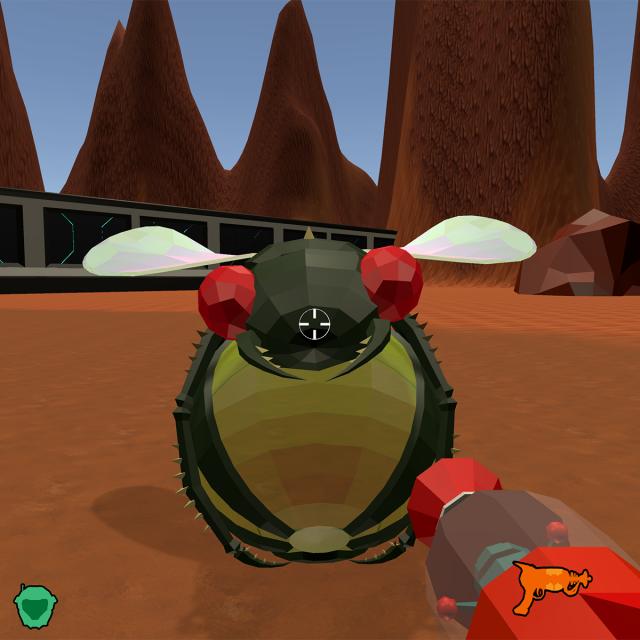MOOC List is learner-supported. When you buy through links on our site, we may earn an affiliate commission.

MOOC List is learner-supported. When you buy through links on our site, we may earn an affiliate commission.
Course 3 of 5 in the Game Design and Development with Unity 2020 Specialization.
Syllabus
WEEK 1
Your Third Step into Game Design and Development
Are you ready to take the next step in your journey into game design and development? In this module, we will introduce the course and kick off your third game project, a 3D Shooter. In the first part of the assignment, follow along with the tutorial videos introduced in this module. In the second part of the project, you will modify the game to make it your own.
WEEK 2
Game Assets
A big part of game development is developing the game assets. Game assets in Unity include the visuals (2D and 3D graphics, fonts, materials, animations), audio (sound effects, voice acting, ambient sounds, and music), and even the game logic (C# scripts), amongst other things. In this module, we will explore concepts and creation techniques of graphics, concepts and creation techniques of audio, the asset pipeline, and explore programming best practices.
WEEK 3
Level Design and Game Balancing
In this module, we will explore level design and game balancing. Level design is where the ‘rubber meets the road’. The level design is where the gameplay, storyline, art, and technology all come together to create the actual game world the player experiences. We have discussed the idea of creating experience goals, designing, playtesting, comparing the difference between the experience goals and the actual experience, and then iterating on the design, several times. This is game balancing. It is what iterative design is all about.
WEEK 4
Making Your Game Better
Prototyping is one of the most critical skills a game designer can cultivate. The ability to "find the fun" in gameplay design is critical to being a successful designer. In this module we will discuss prototyping of a game. This can then be put in front of players during a playtest, allowing you to better understand if the underlying mechanics, systems and aesthetic are something that players may find engaging. As you work on your 3D Shooter project, you should be playtesting. In this module, you will also finish up the 3D Shooter project, submit it for peer review, and peer review your fellow learners games. Finish the course strong!
MOOC List is learner-supported. When you buy through links on our site, we may earn an affiliate commission.
MOOC List is learner-supported. When you buy through links on our site, we may earn an affiliate commission.
